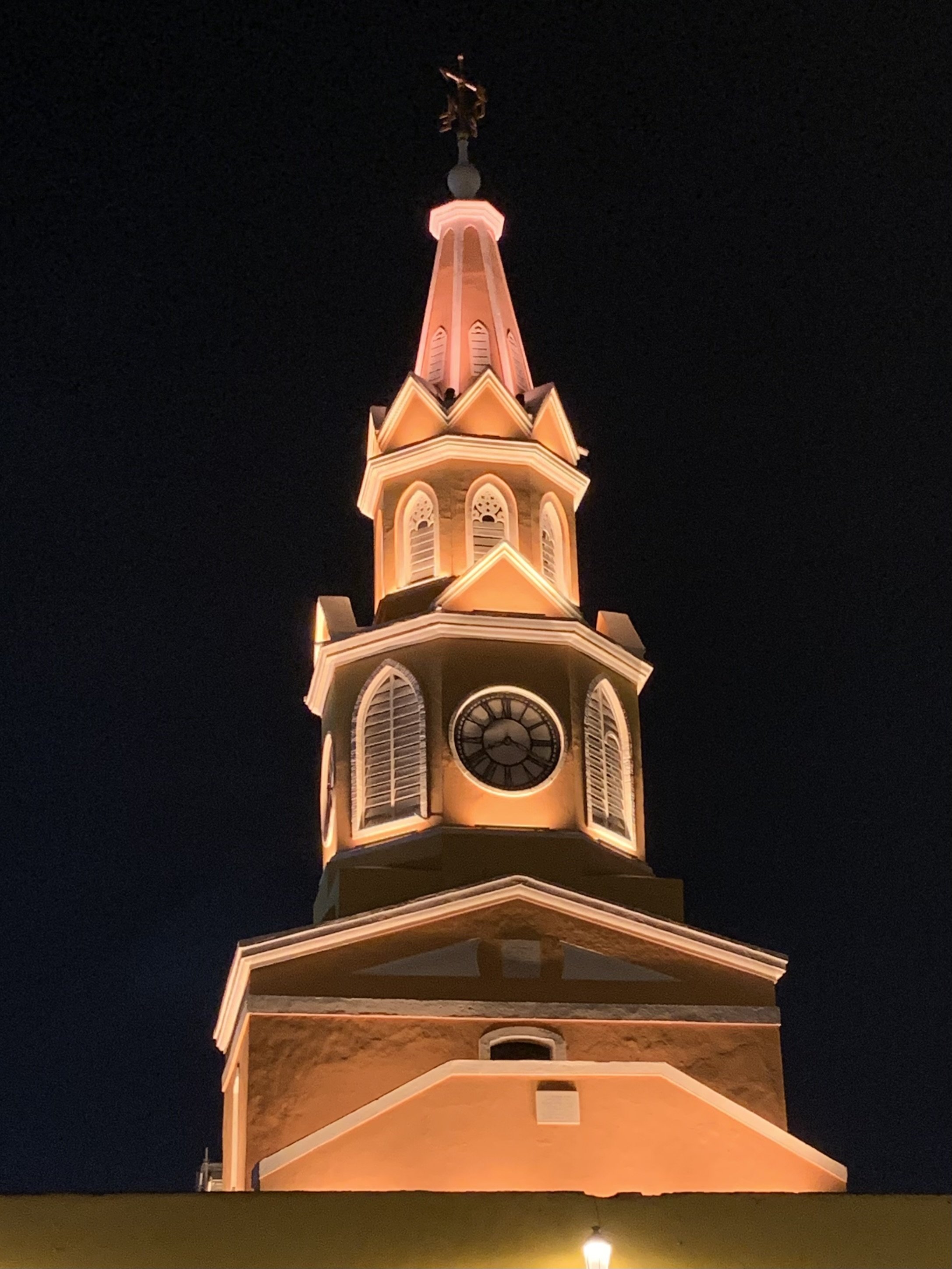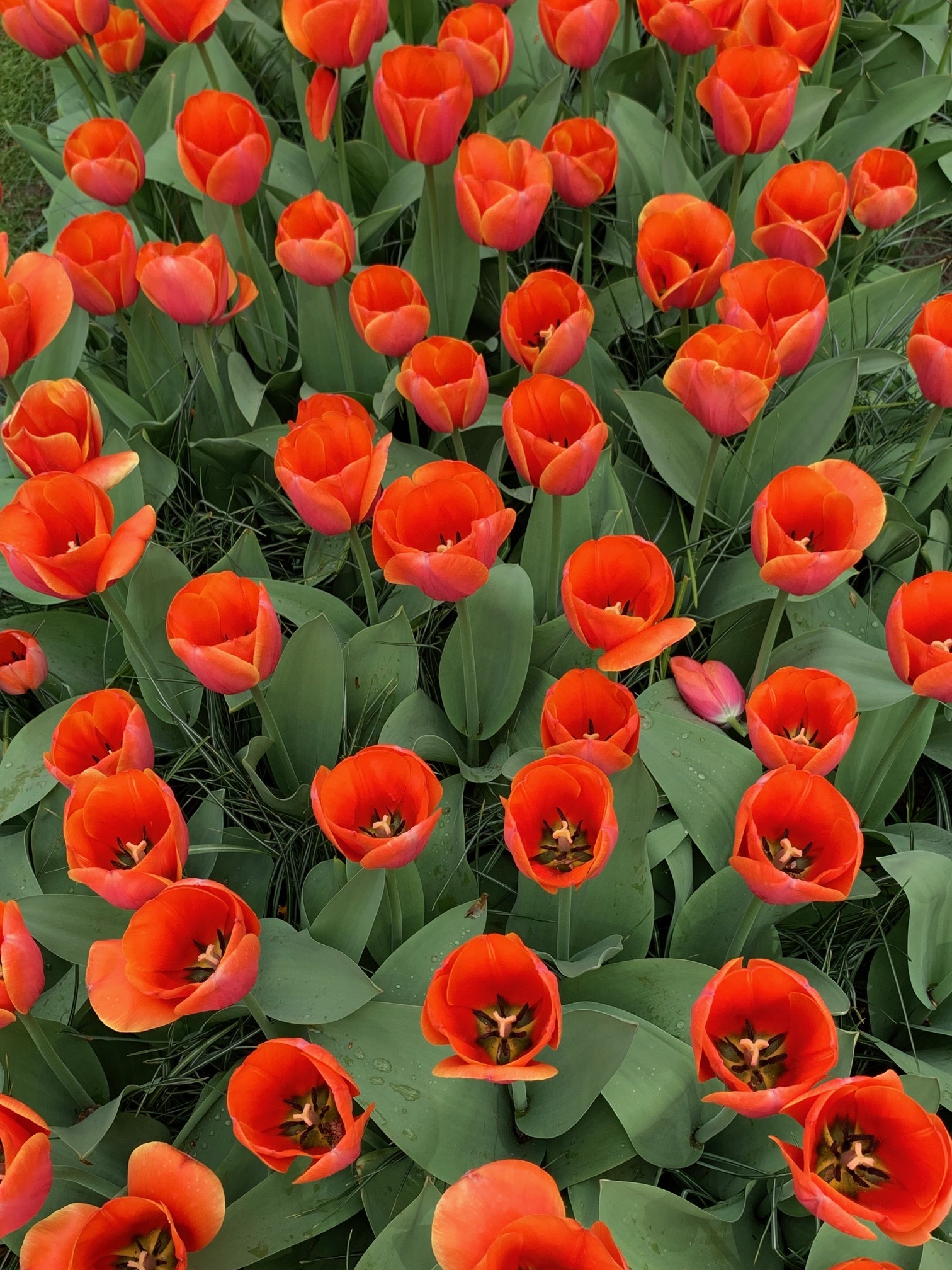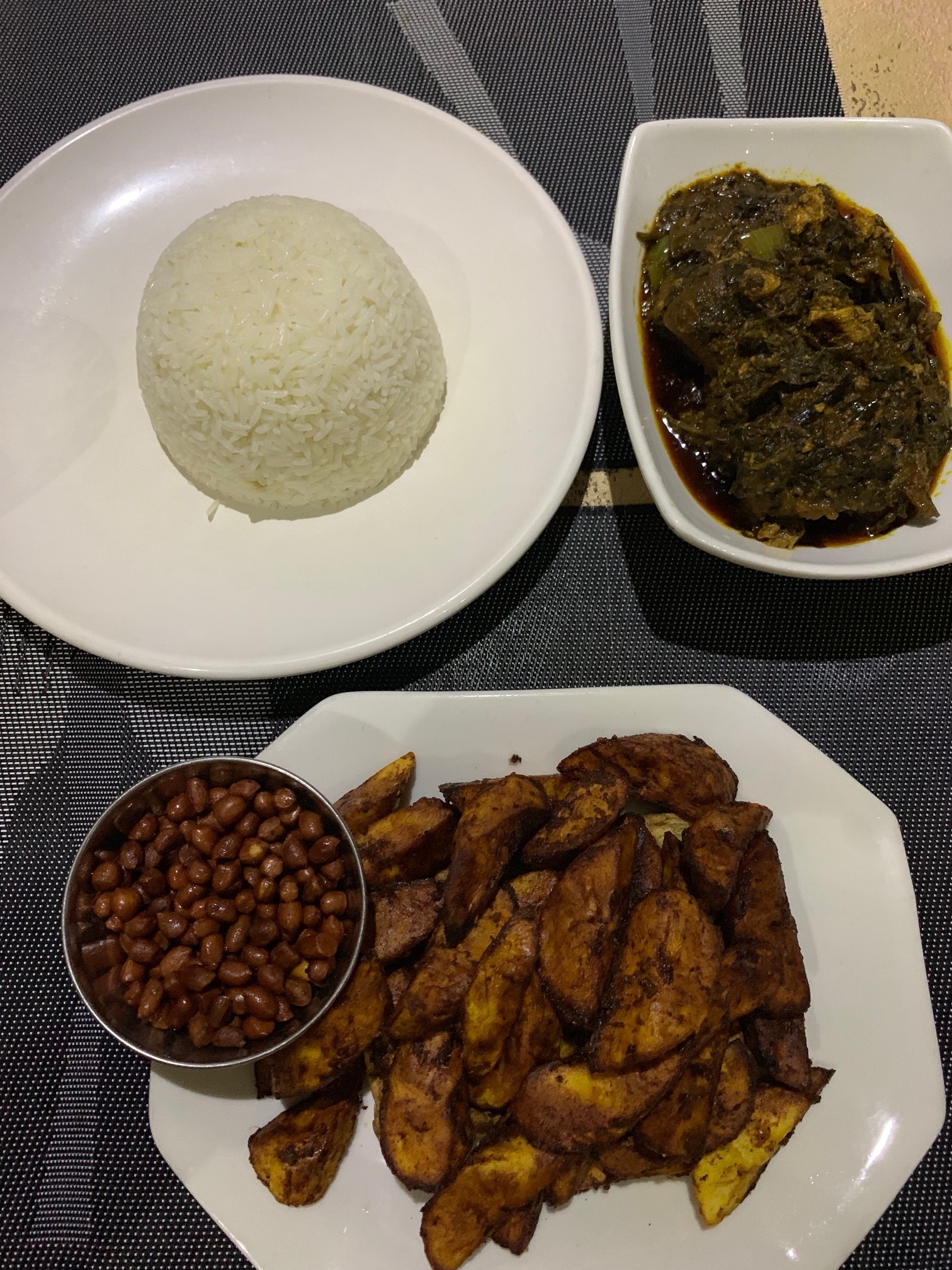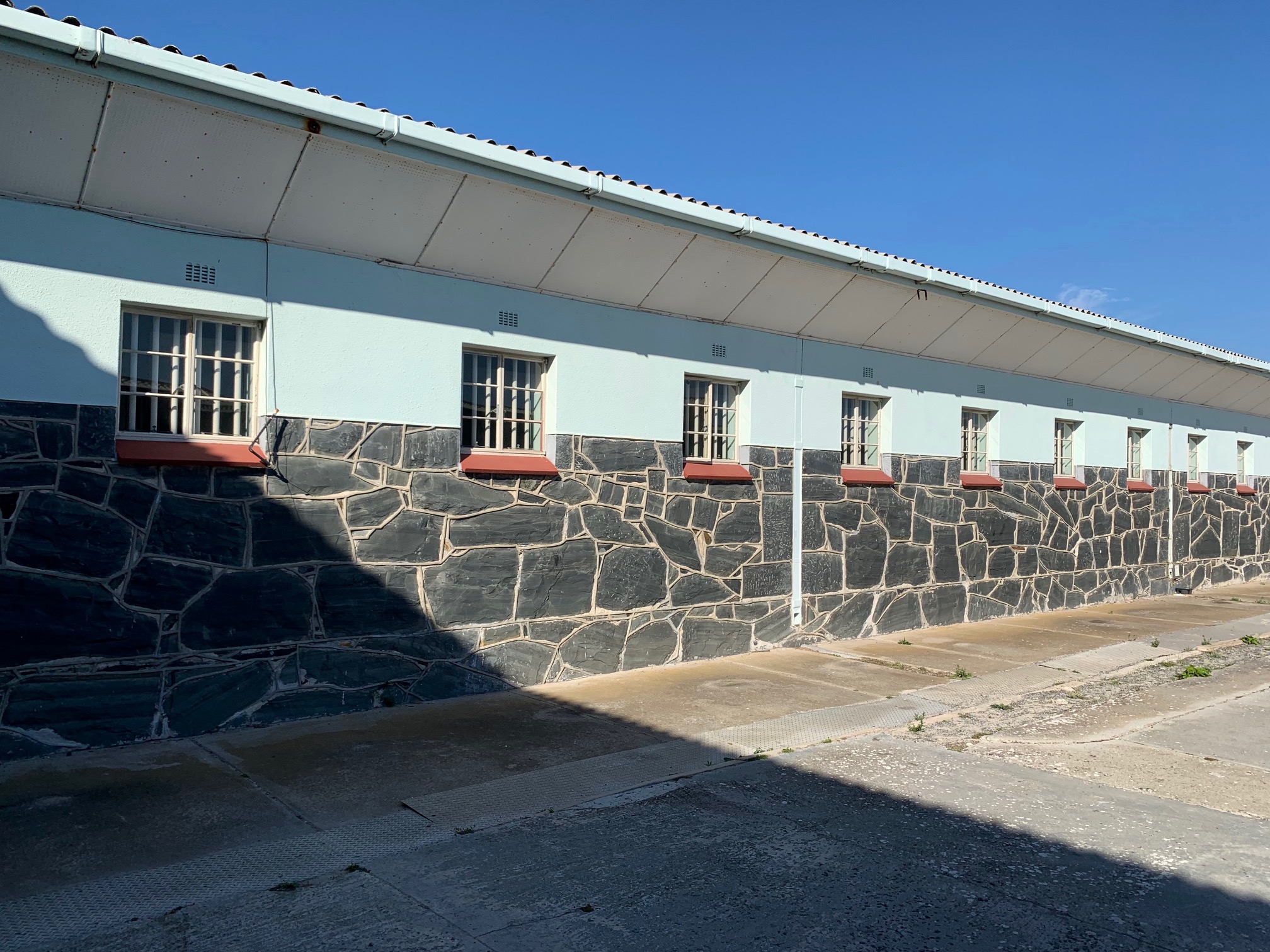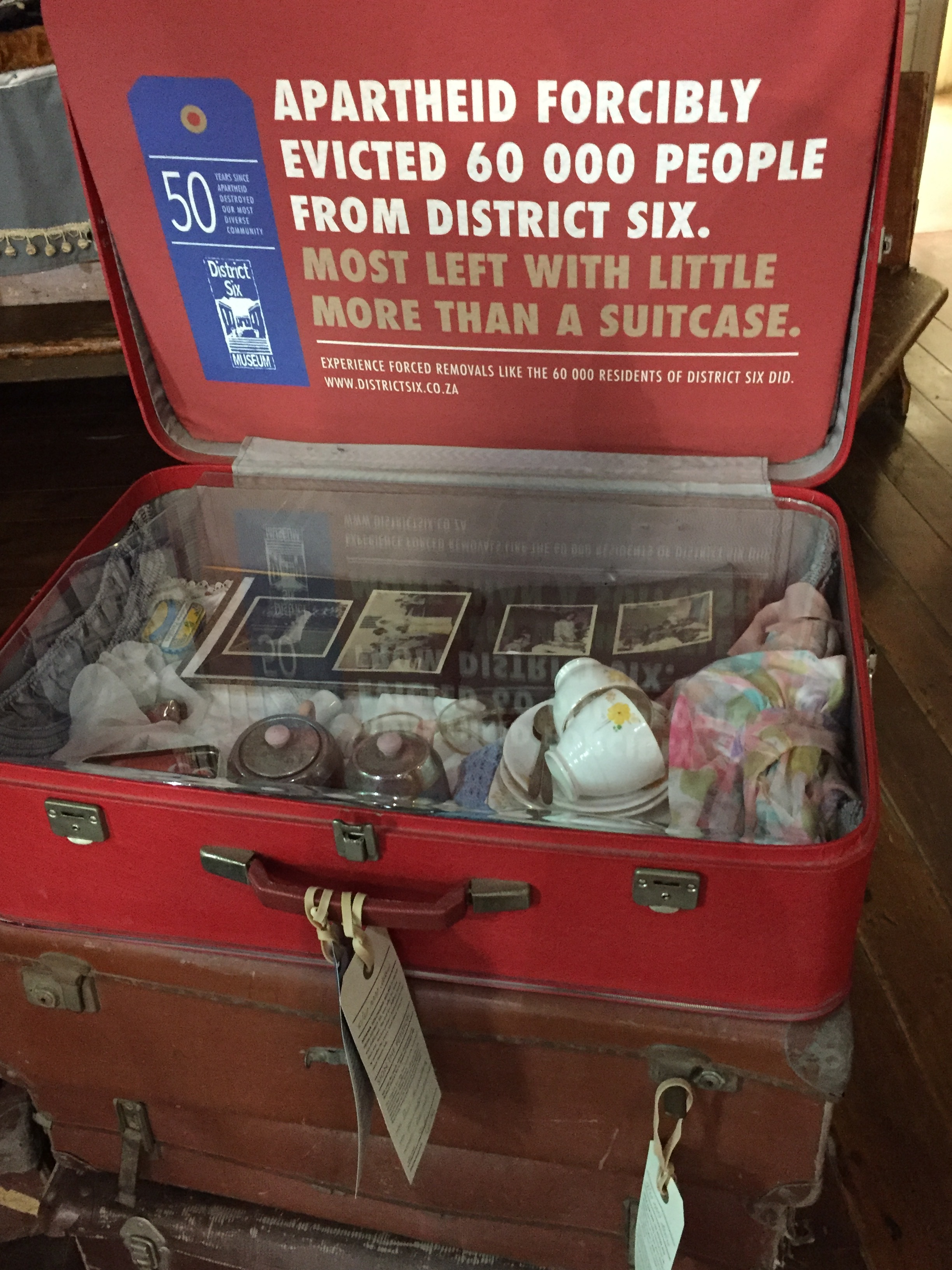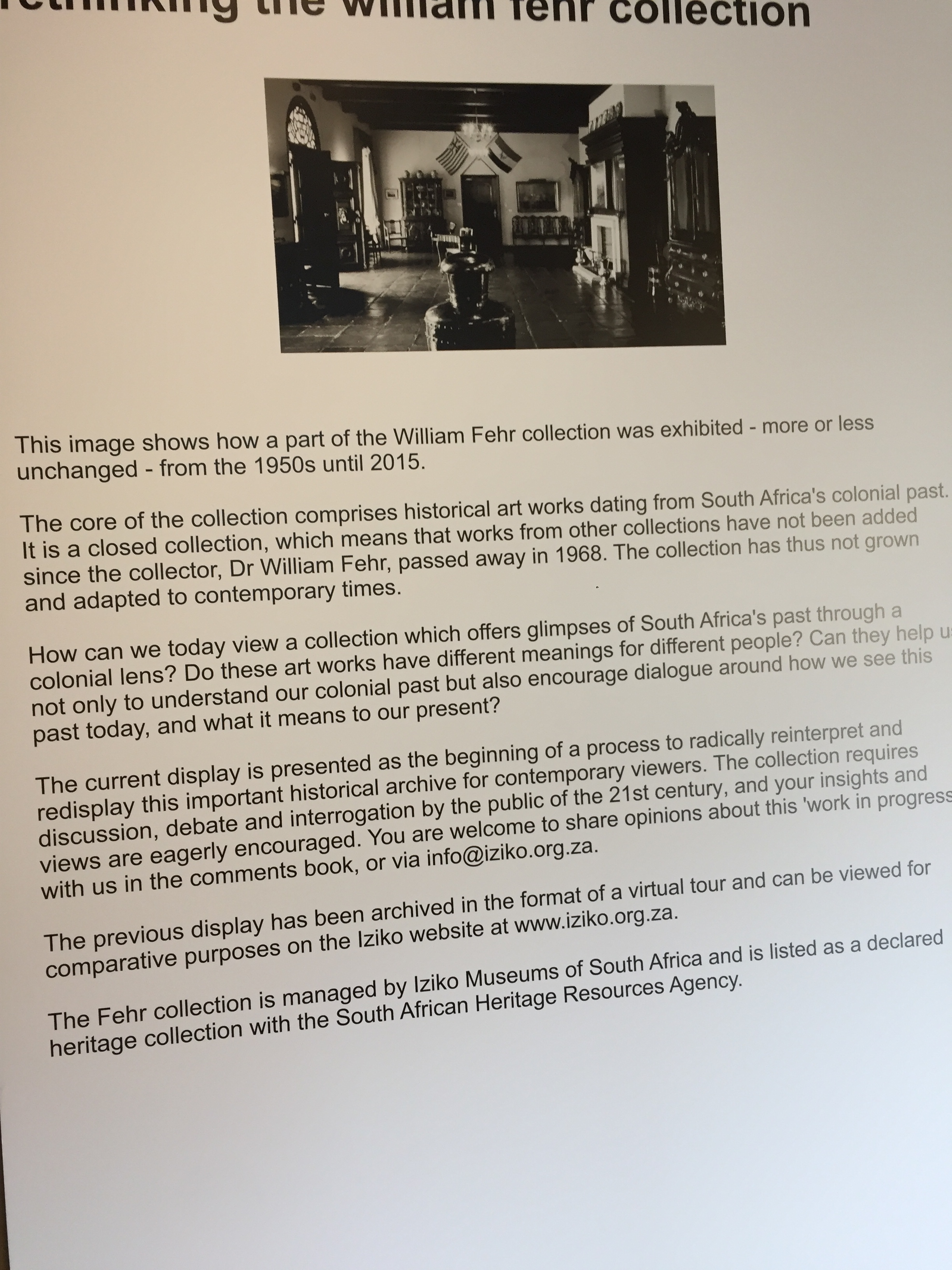Sometimes our travels take us faraway and other times they keep us close range. October 23-29, 2024, we took a road trip from our home state of Kentucky into Indiana, Illinois, Missouri, and Kansas.
The impetus for this road trip was an annual professional conference we’ve attended for decades. In prioritizing travel, we’ve learned to take advantage of work travel. Typically, we add a few days before and/or after a work commitment to explore surrounding areas. After reflecting on this Midwest road trip, we offer a map for you to consider in your travels.
Signs of the Times
This road trip was preferable to flying, because of the proximity, as well as the flexibility of driving. However, we were somewhat leery of going through “Red” country—conservative political areas—especially so near the U.S. election. For context, as avid political activists, we’d been volunteering countless hours for Democratic candidates and causes over the past several months leading up to the election.
On the road, we saw the beauty of our vast country. Also, we saw HUGE red flags, MAGA signs, and billboards on farmland and by freeways. Ugh. It was obnoxious. Later, someone who lives in the area explained those HUGE messages were on corporate farms, clarifying that individual (real) farmers would not have the means to display such signage.
In a perverted twist of nationalism, corporations and churches align to advertise/evangelize that this area is owned by their fundamentalist/MAGA agenda—which seeps into the soil of the culture. Much of it is, literally, owned by greedy grifters. Spacious skies, amber waves of grain, and fruited plains—as “America, the Beautiful” proclaims—are baptized in white churches and bloated with misleading partisan billboards, ubiquitous fast food restaurants, and gluttonous predators, like Walmart. Red flags, indeed.
Justice: Just US
After a long day’s drive of sunny scenery marred by red rage, we arrived at our conference destination in Kansas City, MO. Checking into our hotel, we were greeted hospitably by a young Black woman, named Justice. We explained to her that, after navigating MAGA-land to get there, we felt the Universe was sending us a new sign in Justice well-coming us! We had a heartening conversation and later I (Erlene) gifted her my Kamala bracelet.
For the next several days we mainly sequestered in a conference nerd-fest. Then, after the conference, we departed for an overnight stay in Lawrence, KS. Visiting all 50 states is a travel goal; this overnight stay would check off Kansas. Upon advice from colleagues in the area, we opted to stay at The Oread, a delightful hotel on the edge of the University of Kansas campus. After settling in for a bit, we went to explore. We were drawn to a restaurant, Merchants Pub and Plate, which displayed a rainbow flag and Black Lives Matter sign. Sitting outside, savoring an early dinner with a local beer, we soaked in the vibe. Our server, “Maria,” had a welcoming spirit and, we immediately connected with her.
“I think you may have just changed my life,” Maria pronounced, toward the end of a free-ranging conversation about her career aspirations and our perspective as long-time social workers. We gave her an autographed copy of The A to Z Self-Care Handbook. After dinner, we went back to the hotel and had another lovely conversation with the young woman staffing the front desk.
The next day we returned to Massachusetts Avenue where we enjoyed a hearty breakfast at The Roost. For several hours, we meandered the main thoroughfare, stopping into two wonderful bookstores and finding some greenspace. Along the path, we had fun and uplifting interchanges about essentials of life, such food and books—as advised by the Raven Bookstore. Dr. Seuss said, “Reading can take you places you’ve never been before.” In The Dusty Bookshelf, I (Erlene) perused the collection of Edna Ferber. I’m convinced that—living in an isolated rural area—reading, including ALL of Ferber’s books, as a teenager allowed me to travel to different worlds (including the world of feminism.)
Late afternoon, after delectable ice cream at a local icon, Sylas and Maddie’s, we drove to Columbia, MO for an overnight with dear ones, Megan and Evan (and, their darling dog, Tenney). After a yummy home-cooked dinner, delightful conversation, and good night’s rest, our hosts took us for a scrumptious breakfast at Goldie’s Bagels. After they departed for their work day, we meandered for several hours—finding greenspaces, landmarks, coffeeshops, and, yes, bookstores.
Several months prior to our visit, someone on social media had extolled the food and hospitality of Goldie’s Bagels. If ever in Columbia, MO, they declared, be sure to eat at Goldie’s! I texted Megan, “We want to go to Goldie’s when we visit! Heard of it?” She immediately texted back: “It’s our favorite place in town!” As conveyed on their website, Goldie’s opened in 2020 as a pandemic pop-up for moms to provide Jewish comfort food for all kinds of people and add to the cultural vibrancy of Columbia. This mom-entrepreneur in a red state is doing their part to expand the blue dots of diversity, by feeding folks.
These interchanges remind US that we must feed and foster the just good. After all, the good we seek is not going to be accomplished through some big thing outside ourselves: It’s Just US.
Connect the Blue Dots
Good people, good food, good books: Oh my! Goodness. Connect the Blue dots. Find US.
After the election, a map began circulating on social media of the places to travel in the U.S. The map highlights “Blue” (i.e., liberal) states, such as California and New York. It promotes that we travel and spend our money there, whilst avoiding red states.
However, we propose a different kind of mapping. In Columbia, we browsed in Yellow Dog Bookshop and the Skylark Bookshop. A Skylark staff shared this fabulous “Midwest Indie Bookstore RoadMap” (See below): Bookstores Galore! Erlene wishes we’d had this map earlier. However, Larry is relieved we didn’t—or our whole trip would have been inside bookstores and been expanded by several weeks to do so. Regardless, the map—literarily 😊 and metaphorically—offers a guide for how to travel, especially in red flagged areas.
Seek out areas in red states that have blue dots. Soak in the ambiance of independent bookstores and local coffeeshops/eateries (follow the rainbows or other signs). Look for community creatives—such as artisans, crafters, farmer’s markets, and other local establishments—for supplies and souvenirs. Go to parks and other nature-scapes. Whether it’s books, bagels, beer, beauty or something else for you, be intentional about finding communal, connective spaces with that blue dot vibe.
Instead of limiting ourselves, let’s commit to travel widely, including to red states. Frankly, those blue states don’t need our money and solidarity; these small blue dots need us. And, we need them. If we hadn’t gone to Kansas, we would not have had the life-changing experience of meeting Maria. If we hadn’t gone to Missouri, we would not have tasted the goodness of Goldie’s.
This year, we visited Colombia, the Latin American country and Columbia, Missouri, a college town in a red state. Seemingly worlds apart. However, we were cautioned against travel to both of them. Yet, in both places, we were reminded that good food, good people, and good vibes can be found anywhere. In this divisive and disturbing political/cultural climate, we remain globally attuned and politically engaged. And, we refuse to expend our energy on fighting red flags. Of course, we will remain aware and vigilant of real dangers, especially the disgusting degradation and dangers posed by the Red Hats.
However, we will focus on feeding and fostering the good. In every corner of the world, including red states, there is good. We must find each other, hold hands, take heart, and expand the “blue dots” to encompass a better world. Travel does that for us, whether abroad or at home.
By the way, we happily reside at Casa de Paz in a blue dot city in a red state. Come visit. We will have a good time. Travel on…
























